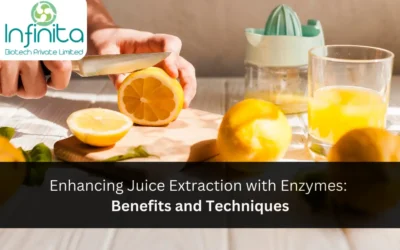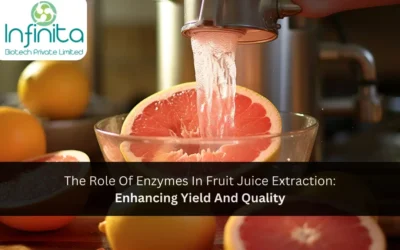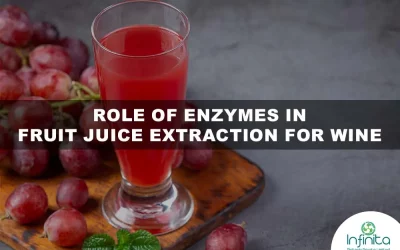Juice extraction is a fundamental process in the production of high-quality fruit juices. Traditionally, mechanical methods have been employed to break down the fruits and extract the juice. However, recent advancements in technology have introduced the use of enzymes...
Fruit Juice & Wine Enzymes
What are Fruit Juice & Wine Enzymes?
Enzymes are an integral component of grape fruit juice extraction and wine processes. Pectinases, in particular, are also employed for apple, pear and juices made from berries and tropical fruits. They break down Pectins found in the plant cell walls as supporting substances. This increases the quality of juice extracted and reduces fruit waste. Enzymes can be used in wine-making to increase preliminary fruit juice extraction and to obtain more high-quality wine. Pectolytic (Pectin-degrading) Enzymes allow for the clarification and filtration. In the manufacturing of red wine, enzymes also improve colour extraction.

Our Solutions
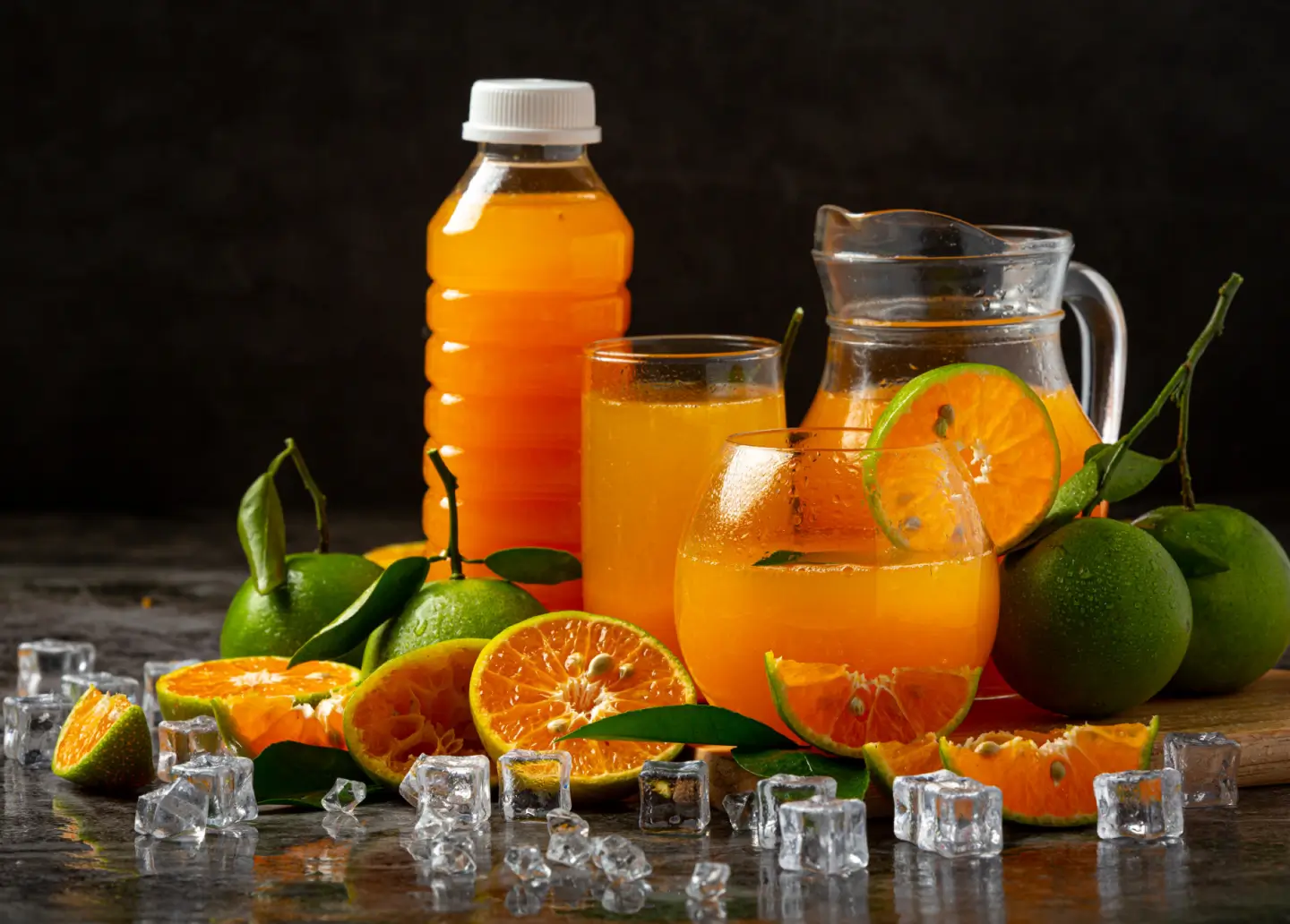
Pectinase
Pectinase breaks down pectin, a polysaccharide found in the cell walls of fruits.Maximise Juice Yield
Better Filteration Rate
Enhanced Clarification
Pectinase Based Formulation
Pectinase enzyme based formulation for juice extraction.Increases Free-Run Juice
Decreased Pressure Build Up
Fast Viscosity Reduction
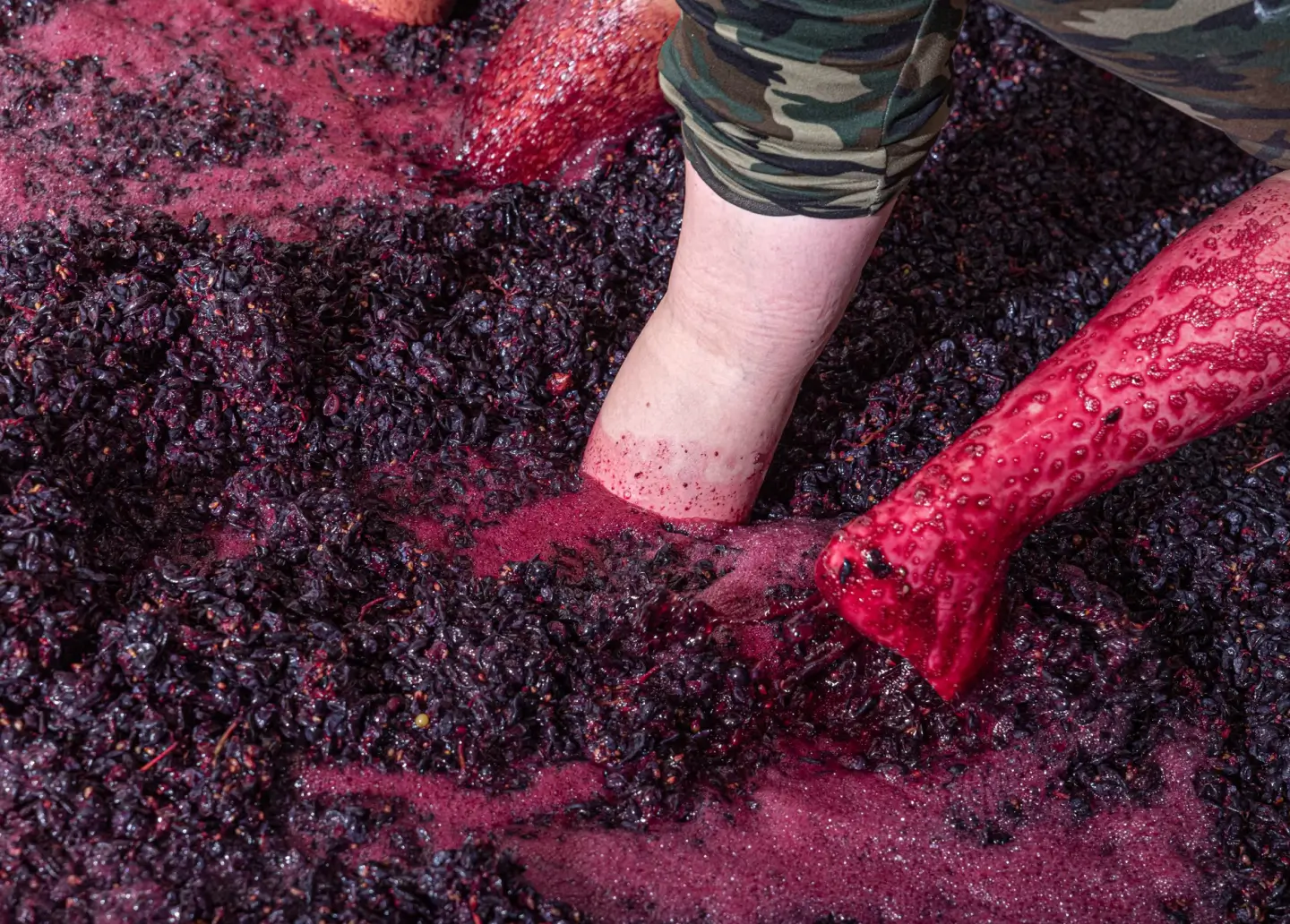

Cellulase Based Formulation
Cellulase enzyme based formulation for juice extraction.Excellent Juice Yield
Breaks Cell Wall Structure Easily
Fast Viscosity Reduction
Pectin Methylesterase
This enzyme can be utilised for fruit firming and jelly formation.De-Methylation
Pectin Degradation
Synergestic Action
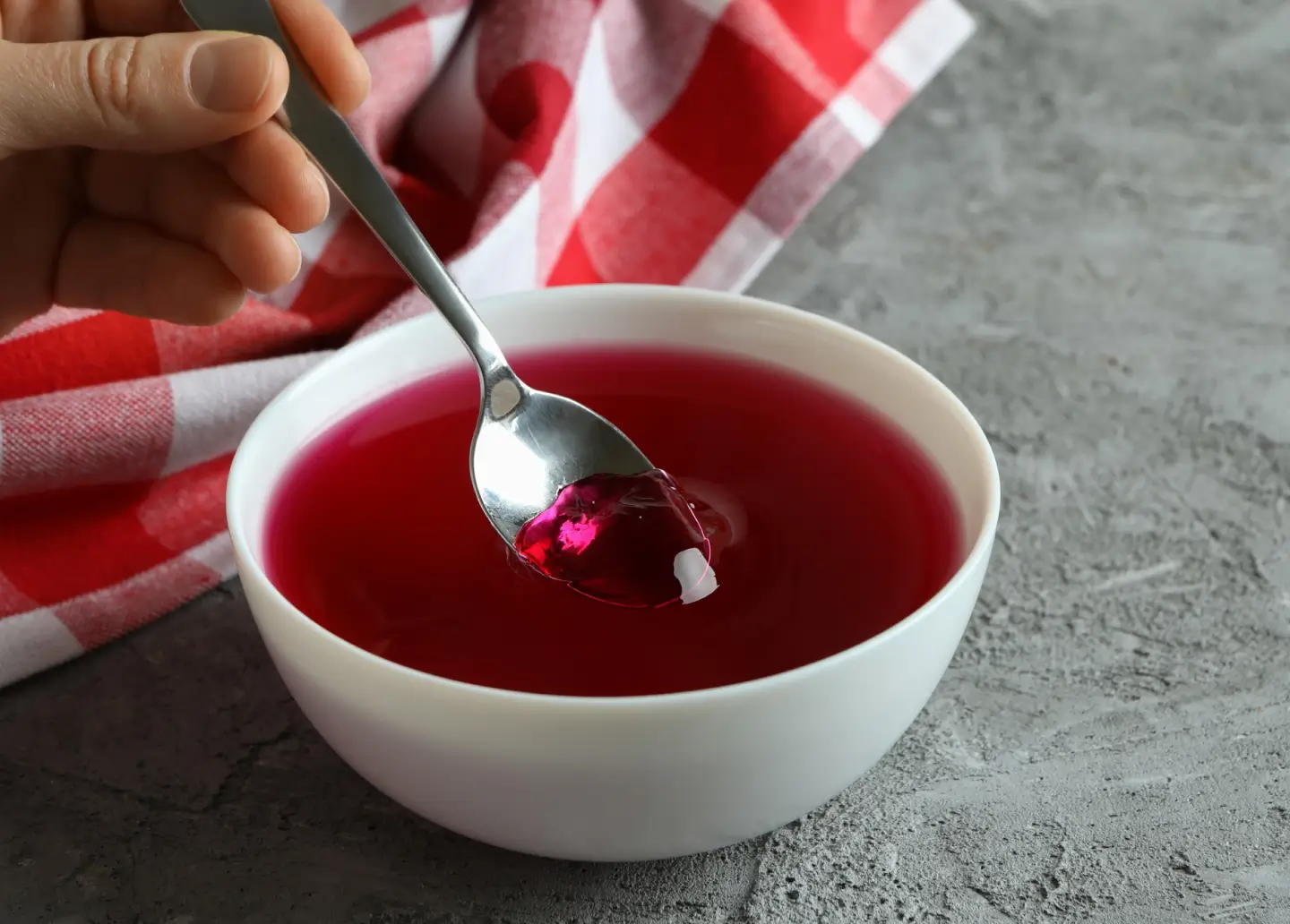
Related Blogs & Insights
The Role of Enzymes in Fruit Juice Extraction: Enhancing Yield and Quality
In the world of fruit juice extraction, enzymes play a vital role. These biological catalysts are responsible for enhancing both the yield and quality of the juice we enjoy. Understanding how enzymes work and how they can be effectively utilized is crucial for...
Role Of Enzymes In Fruit Juice Extraction For Wine
The winemaking process involves the use of many enzymes. This is the most natural way of making an alcoholic beverage. Wine gets its taste because of the breakdown process completed by the enzymes. Broadly, these enzymes used to make wine belong to the Enological...
Frequently Asked Questions ,Juice Extraction Enzymes For Wine
What enzymes are used in fruit juice extraction?
How are enzymes used in fruit juice extraction?
Do enzymes help clarify fruit juice?
What is the function of Pectin Methylesterase?
How do enzymes speed up the process for producing wine or fruit juice?
For A Greener Tomorrow
Committed to advancing eco-friendly biotechnology for a healthier planet.
